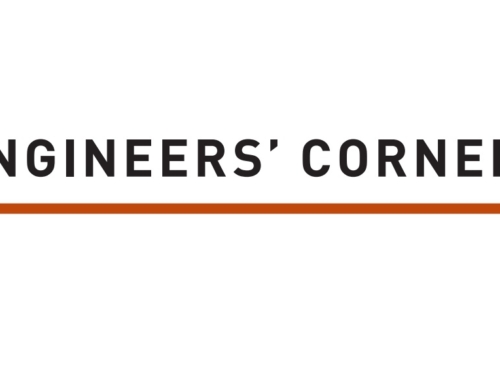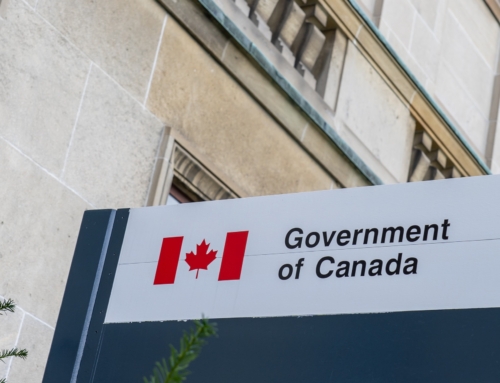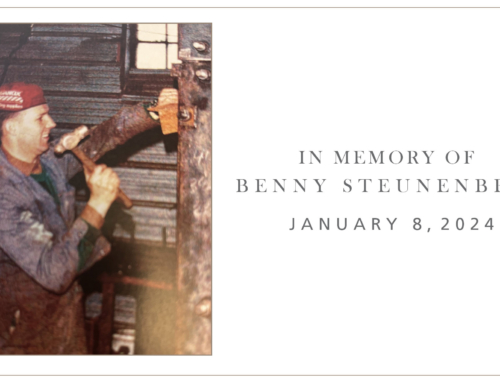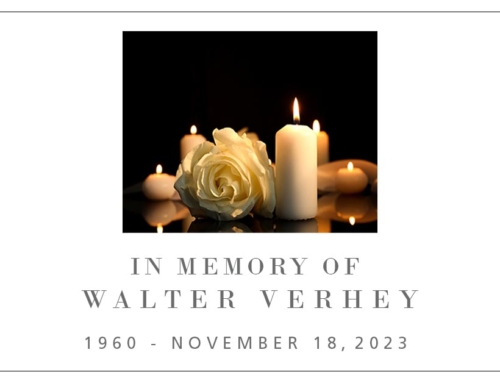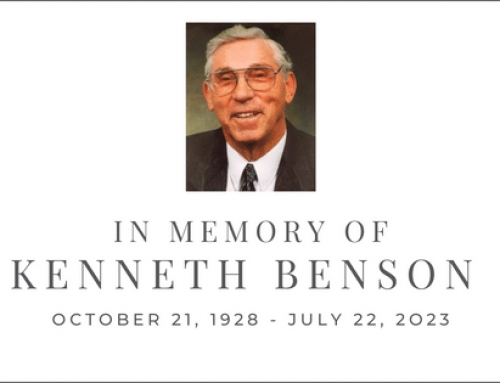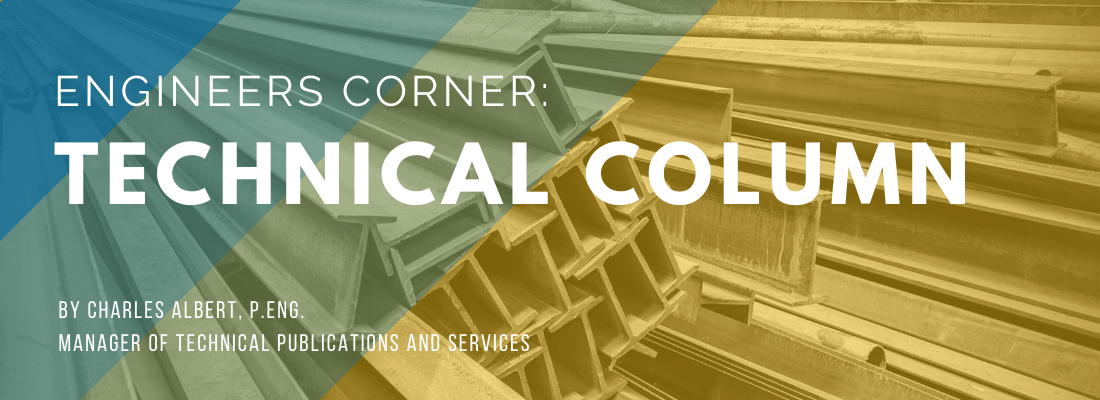
By Charles Albert, P.Eng., Manager of Technical Publications and Services
CISC provides this column as a part of its commitment to the education of those interested in the use of steel in construction. Neither CISC nor the author assumes responsibility for errors or oversights resulting from the use of the information contained herein. Suggested solutions may not necessarily apply to a particular structure or application, and are not intended to replace the expertise of a professional engineer, architect or other licensed professional.
Question 1: Is the use of clipped double connections a requirement in CSA S16-14?
Answer: No. But clipped connections are required by the CISC Code of Standard Practice for Structural Steel in some situations. Clause 5.2.2 states: “Where two beams or girders, framing at right angles from opposite sides of a supporting member, share the same bolts, a clipped double connection shall be used unless a seated connection or other detail is used to facilitate safe erection of the beams or girders.”
Clipped end connections are also required by some provincial regulations. In Ontario for example, the requirement is found under the Occupational Health and Safety Act – Construction Projects.
Commonly used clipped connections include end-plate (see Figure 1) and double-angle header beam connections. Alternatives to clipped connections, such as shear tabs, may be used when possible.
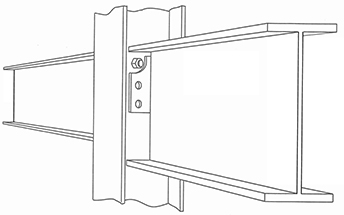
Figure 1
Clipped End-Plate Connection
Question 2: I’m renovating a steel-framed building containing welded-wide flange (WWF) sections. Since these shapes are no longer listed in the Handbook, where can I find design information?
Answer: Algoma Steel Inc. was the prime producer of welded shapes until production discontinued in late 2010. WWF beam and column shapes are generally not carried in inventory.
The most recent set of properties and dimensions tables was published in the 10th edition of the Handbook and can be found in the CISC Steel Design Series – Part 4. The first series of welded shapes produced in even metric units and introduced in 1976 can be found in Part 5. The Steel Design Series may be downloaded at this link:
https://www.cisc-icca.ca/cisc-steel-design-series/
WWF sections published in the 1st edition Handbook (1967 – imperial units) can be found in the Technical Resources webpage:
https://www.cisc-icca.ca/technical-resources/
Question 3: Why is the plastic section modulus not given for channel sections in the Handbook?
Answer: Values of the plastic section modulus (Zx or Zy) are not included among the section properties in Part 6 mainly because channels are considered Class 3 sections in CSA S16-14 Clause 13.6(b). The moment resistance is calculated using the elastic section modulus (Sx or Sy).


